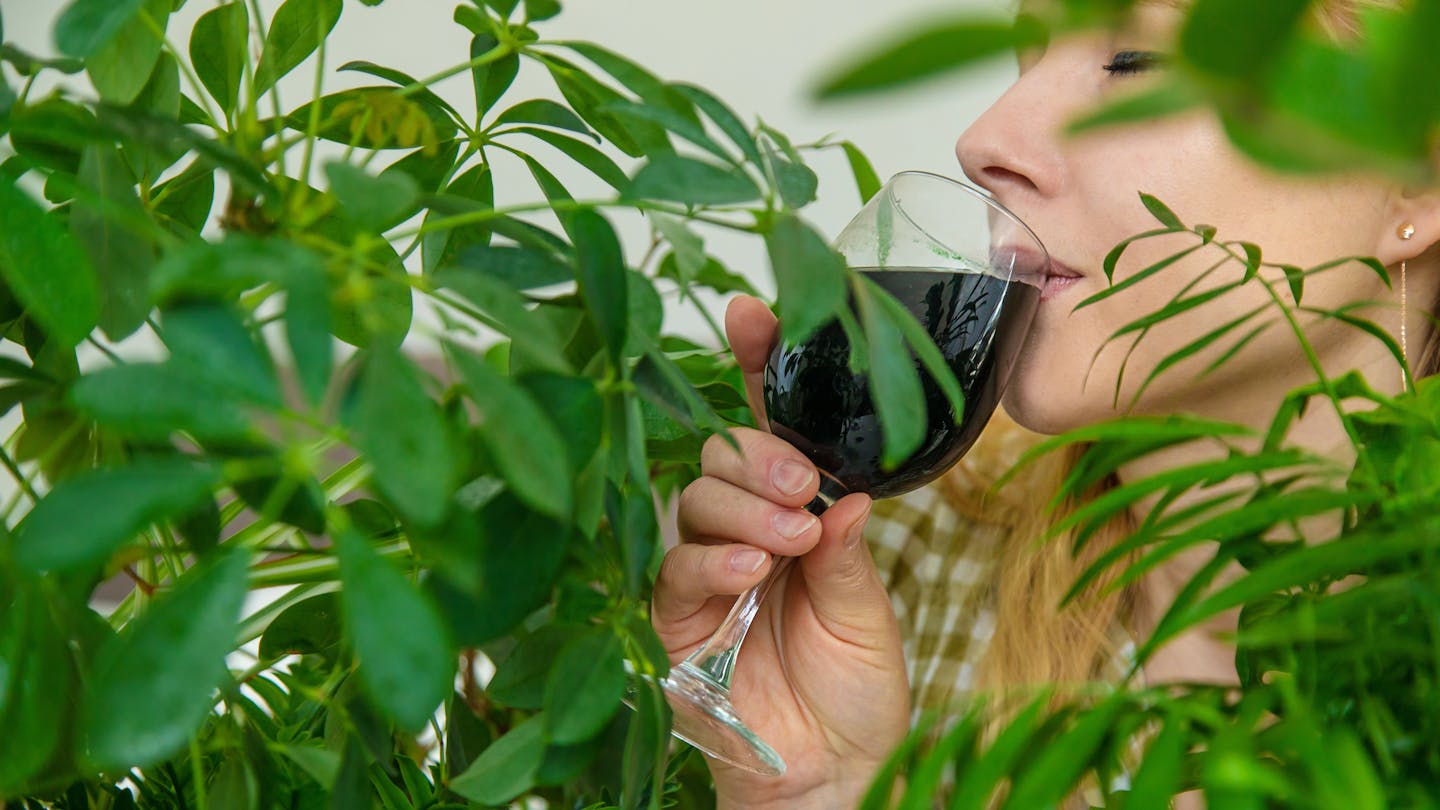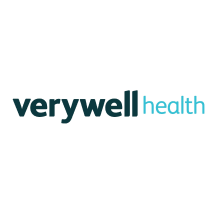
Walk into any health store, scroll through TikTok, or browse the shelves of your favourite beauty retailer, and you’ll be met with a familiar promise: that a pill, powder or potion could be the secret to glowing skin, boosted energy, or even inner “detoxification.” Among the most hyped are chlorophyll – the green pigment in plants now found in trendy waters and tinctures – and collagen, the protein hailed as the holy grail for youthful skin and strong joints.
But how much of the buzz is backed by science? And how much is just clever marketing dressed up in green juice and glossy packaging?
Let’s take a closer look to explore what they actually do, what the evidence says, and whether your money (and hopes) might be better spent elsewhere.
Chlorophyll
Dark leafy greens like kale and cavolo nero are well known for boosting levels of essential nutrients such as iron, folate and beta-carotene. They’re also rich in chlorophyll – the pigment that plays a key role in photosynthesis, the process by which plants use sunlight to produce glucose and oxygen.
Some wellness influencers, including Gwyneth Paltrow and Kourtney Kardashian-Barker, have popularised chlorophyll water as part of their daily health routines. Both promote it through their respective wellness brands – Goop and Poosh – touting a range of supposed benefits, from reducing body odour to supporting detoxification. One of the more persistent claims is that chlorophyll – in water or supplement form – can “oxygenate” the blood.
But as Ben Goldacre – physician, academic and prominent critic of pseudoscience – has pointed out, that claim doesn’t quite hold up. The human body, unlike a plant leaf, isn’t flooded with sunlight. And without light, chlorophyll simply can’t perform photosynthesis in the gut or bloodstream. It can’t generate oxygen internally – no matter how green your smoothie.
So what does chlorophyll actually do? Aside from turning plants (and your poo) a vivid shade of green, its core function is to trap sunlight and convert water and carbon dioxide into glucose and oxygen. Cast your mind back to GCSE biology and the familiar photosynthesis equation scribbled across the whiteboard.
Through this process, plants generate food for themselves and for animals – while releasing oxygen into the atmosphere. It’s a pathway fundamental to life on Earth. But since we breathe in oxygen and eat carbohydrates, we’ve managed to thrive without chlorophyll. And for it to work in humans the way it does in plants, it would surely need to be present in our skin – effectively turning us into the Wicked Witch of the West.
So what about those wider health claims? Supplement packaging for chlorophyllin – a semi-synthetic, water-soluble form of chlorophyll thought to be more active – often promises detoxification, glowing skin, improved wound healing and even better body odour.
The suggested mechanisms? Chlorophyll may inhibit bacterial growth or neutralise foul-smelling compounds in the gut. It’s also been proposed as a free radical scavenger – mopping up the unstable molecules generated by toxins or metabolism that can damage tissues.
The evidence is mixed. A few (much older) studies suggest chlorophyllin can reduce the odour of faeces and flatulence, although it might also turn them green. There’s weaker evidence when it comes to halitosis or body odour. Research supporting its role as an antioxidant is limited, and the buzz around weight loss is largely anecdotal. Realistically, any benefit in that department likely comes from a diet rich in greens – low in fat and high in fibre – rather than chlorophyll alone.
Where things get more promising is in wound care. Chlorophyll-based dressings have been investigated for their ability to accelerate healing and reduce odours from infected wounds.
Read more: How to treat a wound – without using superglue, grout or vodka, like some people
Collagen
But chlorophyll isn’t the only so-called “miracle” substance being sold to the wellness crowd. Take collagen – arguably even more popular than any green powder or superfood pill.
Collagen is a protein and a natural component of connective tissue found throughout the body. It gives strength and structure to the skin, bones, ligaments, blood vessels – even the heart and lungs. Without enough collagen – or in conditions where collagen production is impaired, such as Ehlers-Danlos syndrome – tissues can become fragile, prone to damage or slow to heal.
All the more reason, then, to make sure our bodies can produce it. Collagen is made from amino acids – the building blocks of protein – so eating enough protein is essential. Vitamin C also plays a vital role, helping the body synthesise collagen from those amino acids.
But do we really need to supplement it? What does the evidence say? Some studies suggest oral collagen supplements may help improve skin appearance, support joint health, increase bone strength, and enhance muscle mass. But there’s no convincing evidence that they promote weight loss or treat cardiovascular or autoimmune conditions – despite the lofty promises made by some brands.
Topical collagen products are even more widespread, but their scientific backing is thinner. Collagen molecules are generally too large to be absorbed through the skin, meaning they’re unlikely to have any meaningful impact on wrinkles. At best, they may hydrate the surface and offer a temporary plumping effect.
In short, the research is patchy – encouraging in some areas, inconclusive in others. And when it comes to supporting your body’s natural collagen production, there may be more effective (and less expensive) options. Foods such as chicken, fish, eggs and bone broth ensure a good protein intake. So too are collagen-supporting micronutrients, including vitamin C, copper and zinc.
Read more: Bone broth is hyped by celebrities and hailed as a wellness superfood – here’s what the science says
So unless you’re Poison Ivy from Batman (who, to be fair, looks fantastic), you probably don’t need to load up on chlorophyll. And unless your diet is lacking, you don’t need to shell out for collagen powders or creams either.
Love the skin you’re in. It’s better than turning green like Elphaba from Wicked.
This article is republished from The Conversation, a nonprofit, independent news organization bringing you facts and trustworthy analysis to help you make sense of our complex world. It was written by: Dan Baumgardt, University of Bristol
Read more:
- Collagen supplements may help improve the health of your tendons and bones
- How much protein do you really need? Too much or too little can be harmful
- From arthritis to nausea: five ways ginger could benefit your health
Dan Baumgardt does not work for, consult, own shares in or receive funding from any company or organisation that would benefit from this article, and has disclosed no relevant affiliations beyond their academic appointment.


 The Conversation
The Conversation
 TIME
TIME Daily Voice
Daily Voice The Seattle Times
The Seattle Times People Top Story
People Top Story KLCC
KLCC AlterNet
AlterNet Colorado Springs Gazette
Colorado Springs Gazette The Daily Sentinel
The Daily Sentinel Verywell Health
Verywell Health Esquire
Esquire